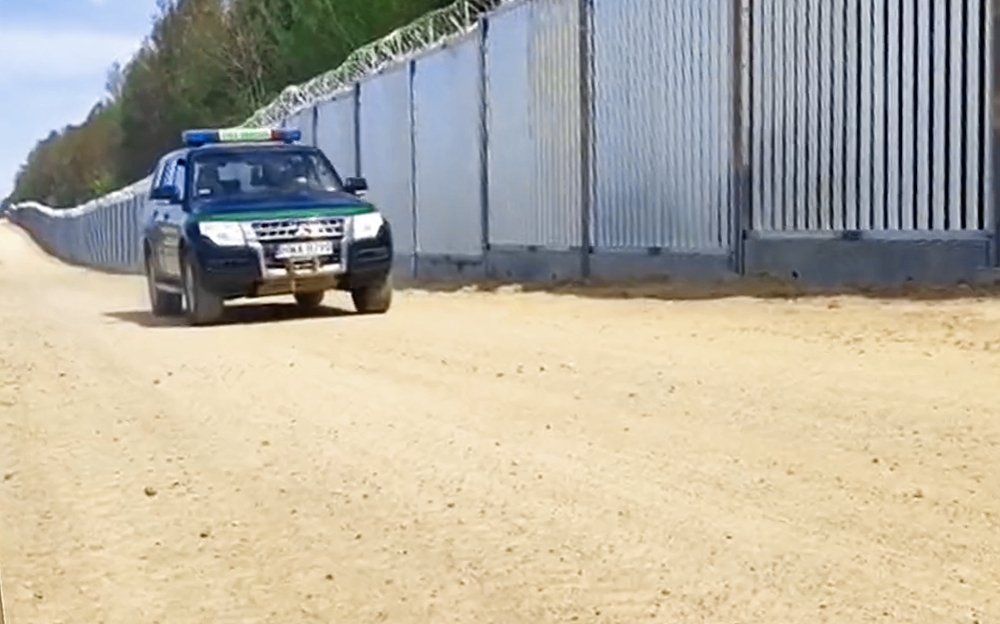The border wall on the Polish-Belarusian border will be completed by the end of June, stated.General Andrzej Jakubaszek, the commander of the Polish Border Guard unit in the Podlasie region in eastern Poland.
A service road running behind the wall will also be completed by the end of next month, and an additional electronic barrier will be fully operational by October at the latest.
The update on the border wall came as the Polish Border Guard informed of another attempt by 28 individuals to illegally enter Polish territory on Monday.
Among them were citizens of Guinea, Yemen, and the Ivory Coast. According to Polish authorities, illegal migrants used a wooden plank to cross the concertina wire and enter Polish territory. Meanwhile, five citizens of Yemen crossed the Bug River into Poland — all of whom were detained by the Polish Border Guard.
The border police have revealed that the migration crisis on the Polish-Belarusian border has stabilized in recent times. While late last year, over 500 border-crossing attempts were recorded daily — in October there were on average 700 attempts daily — this year the most illegal migrants in one day was 143, recorded on March 21. In the past weeks, the number of crossing attempts averaged no more than several dozen, but there were days when no more than 10 attempts were recorded.
In an update on the border wall, General Andrzej Jakubaszek revealed that 90 kilometers of the steel barrier had been fully constructed.
“The barrier is not just beams, but also the entire infrastructure that supports it,” the general explained, adding that the design period of the electronic security system is almost over. It will include a perimetry system, supplementary to the steel barrier.
“Provided that everything goes according to the contract, the system should be ready in late September or in October,” Jakubaszek said, adding that the surveillance system will consist of 2,500 cameras, including some with thermal imaging.





